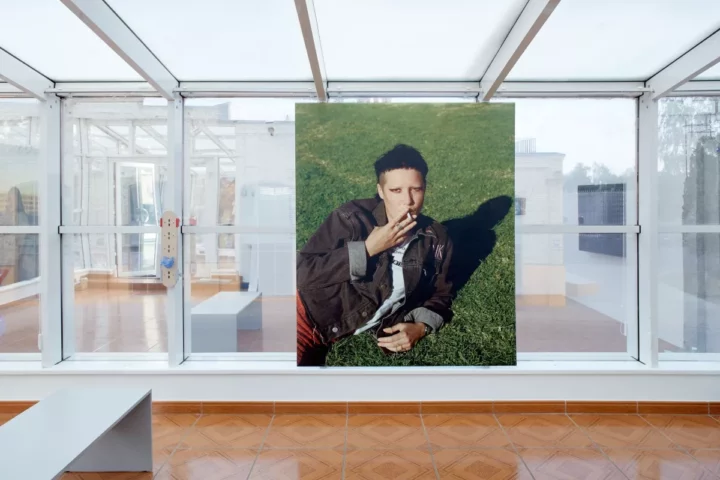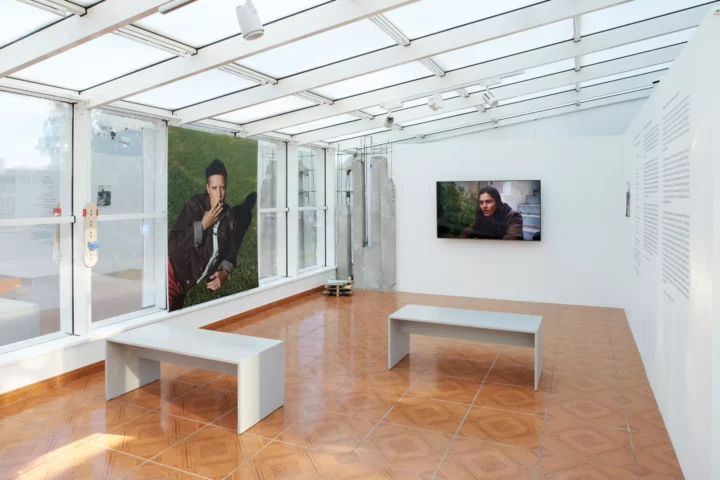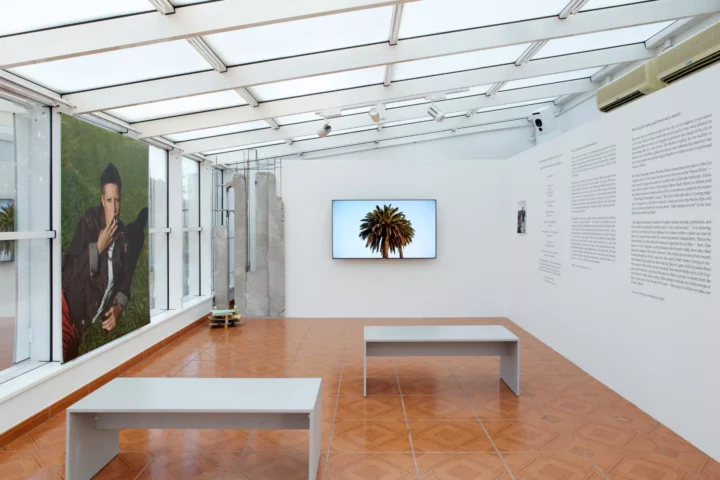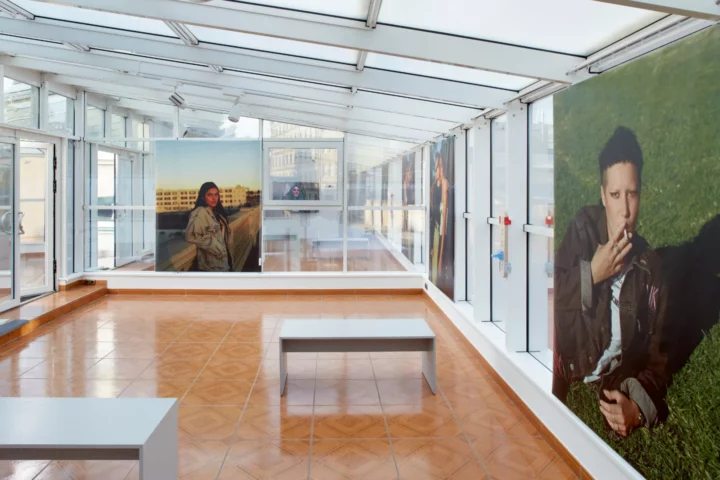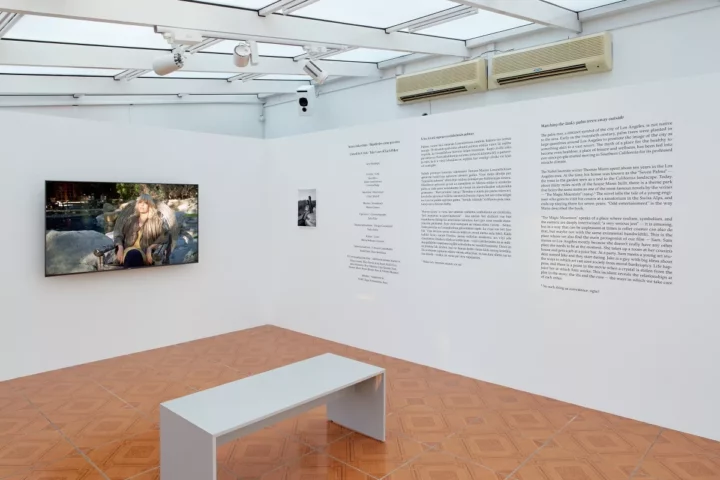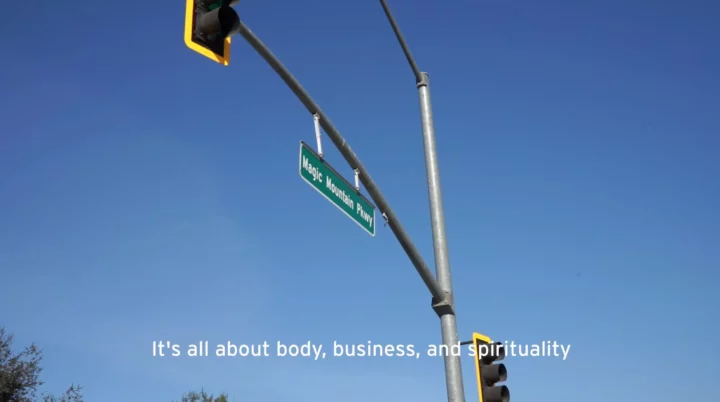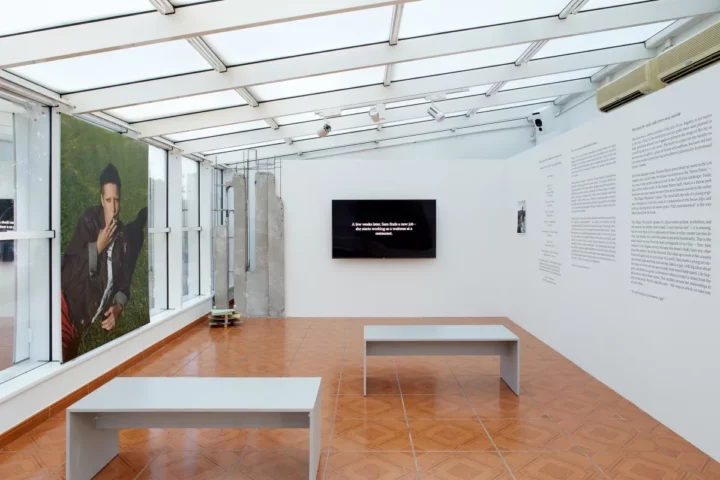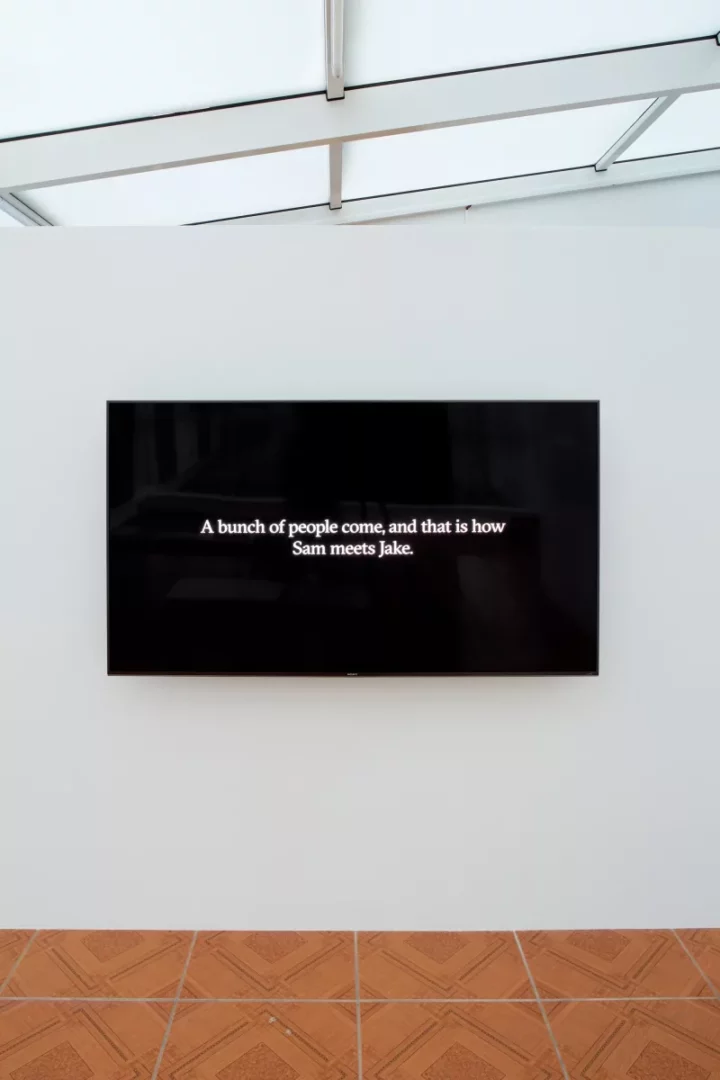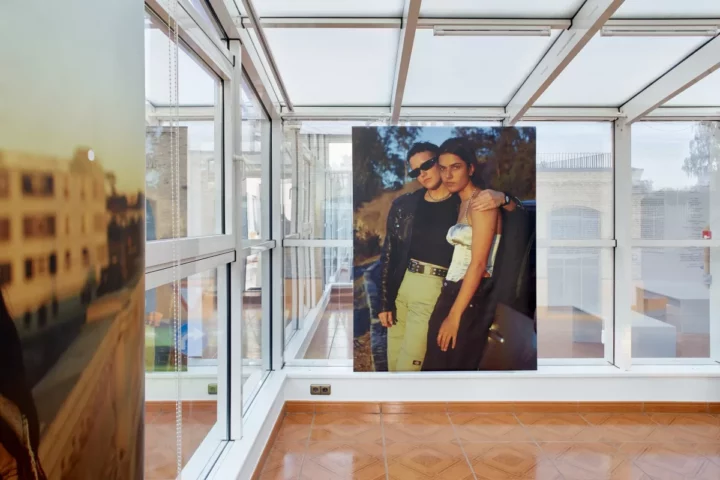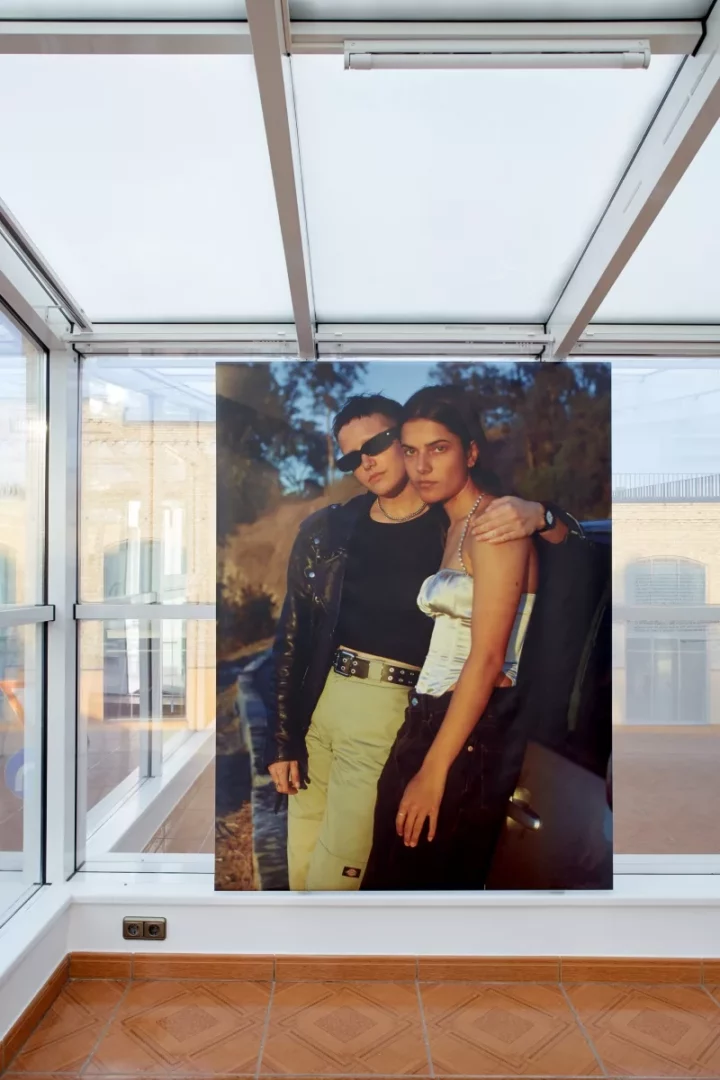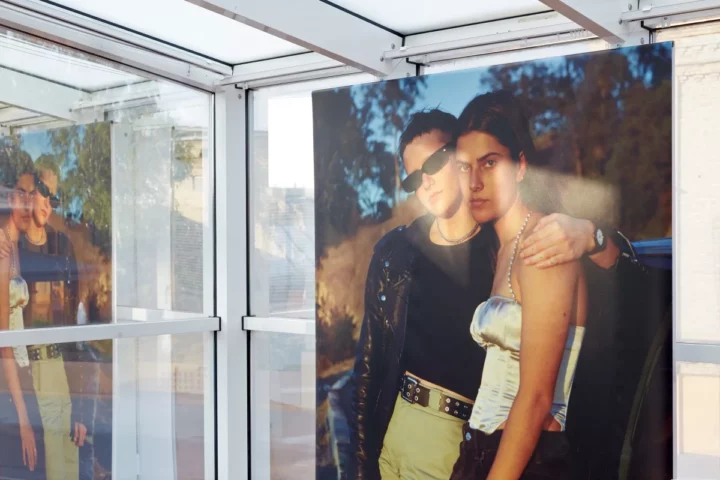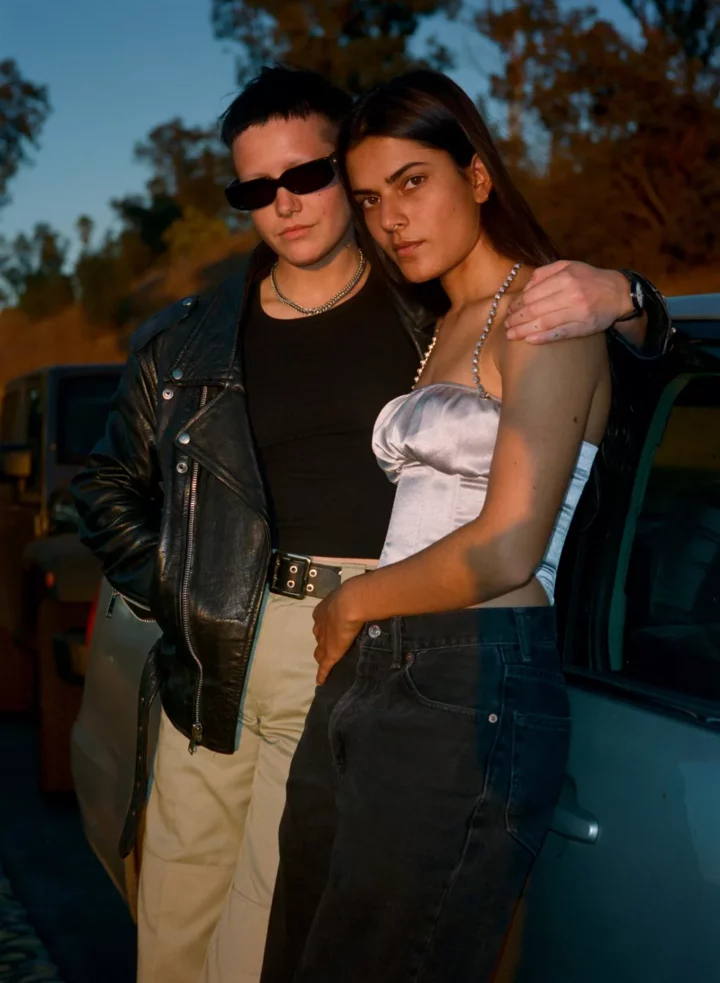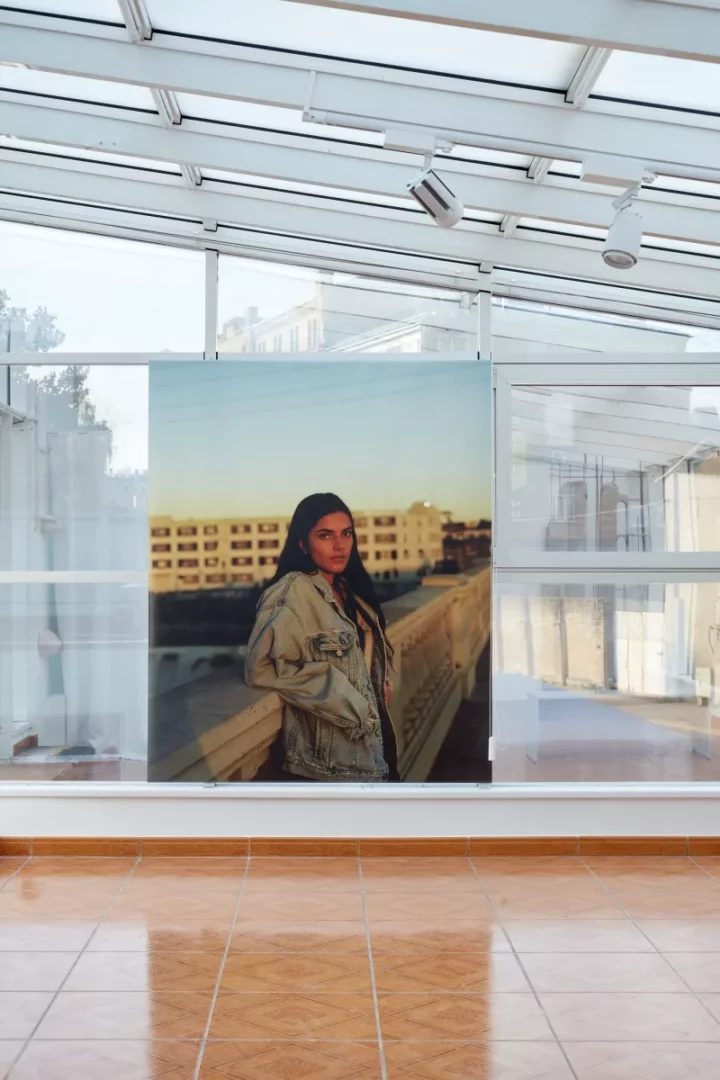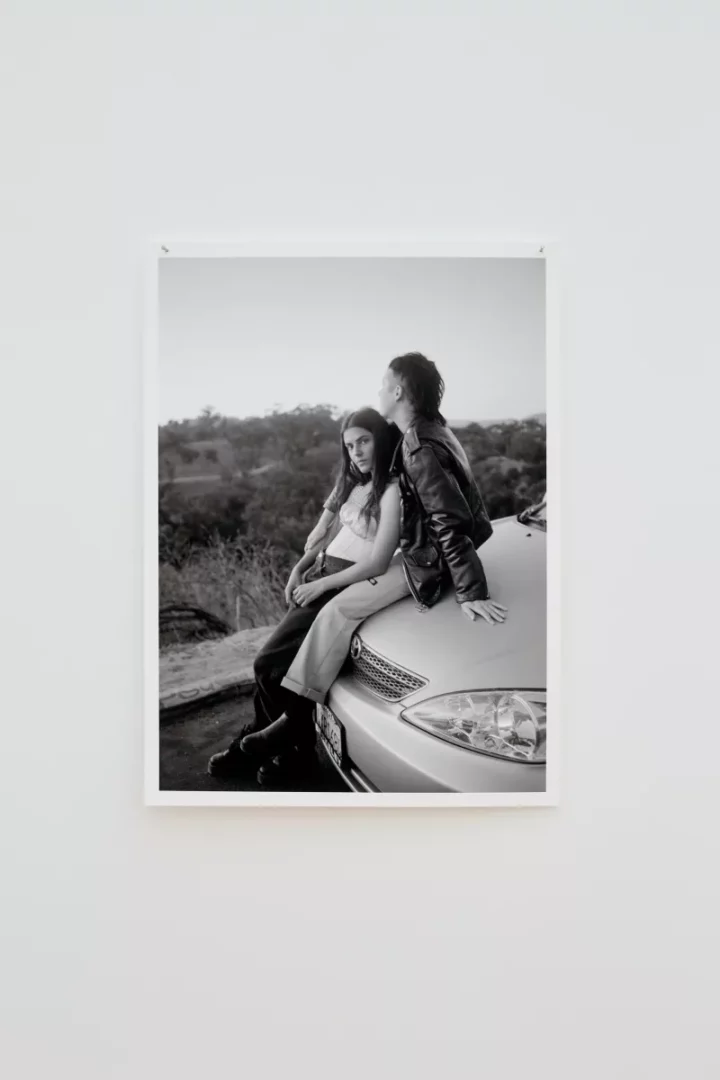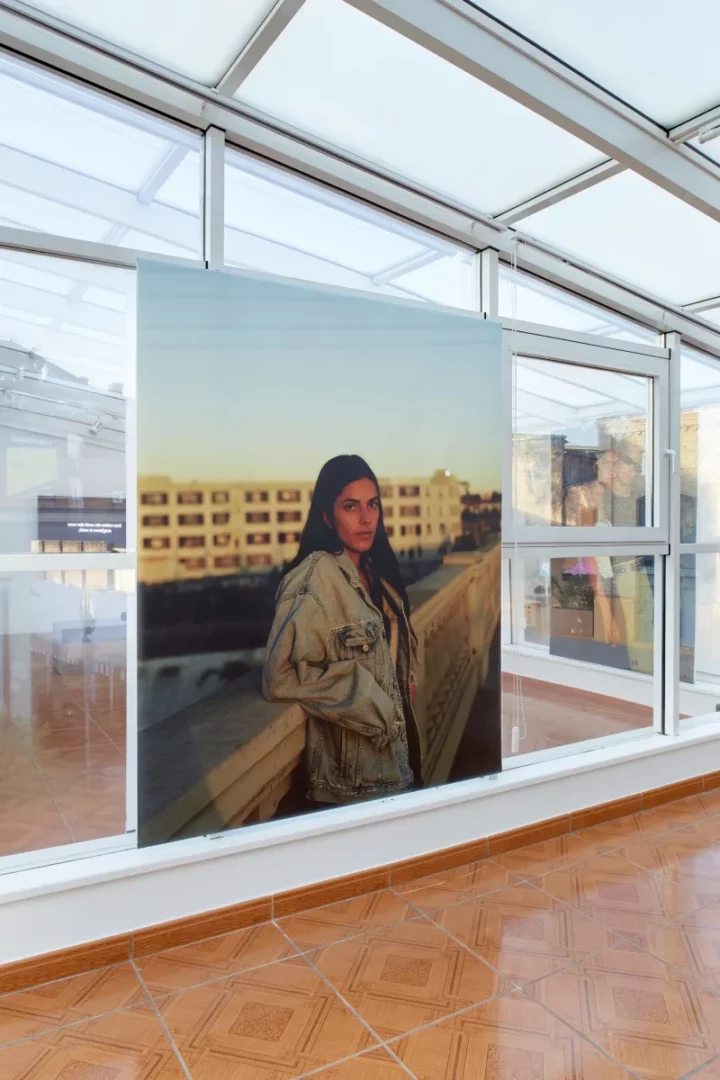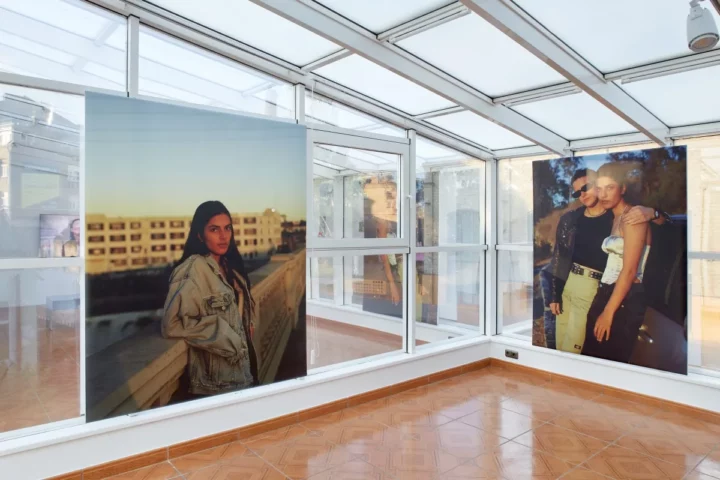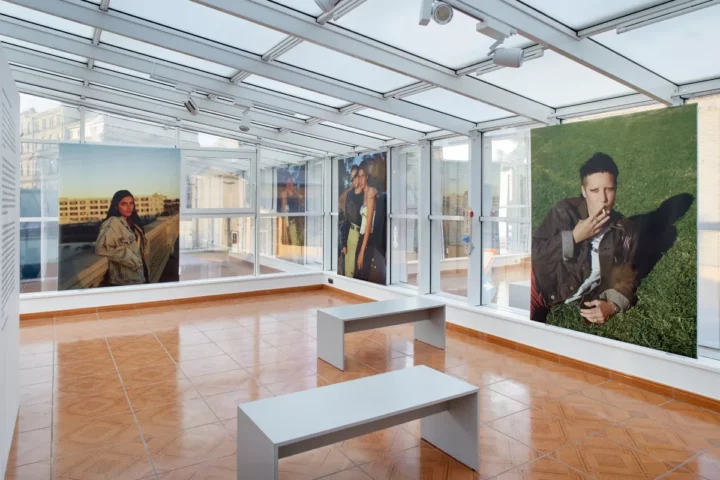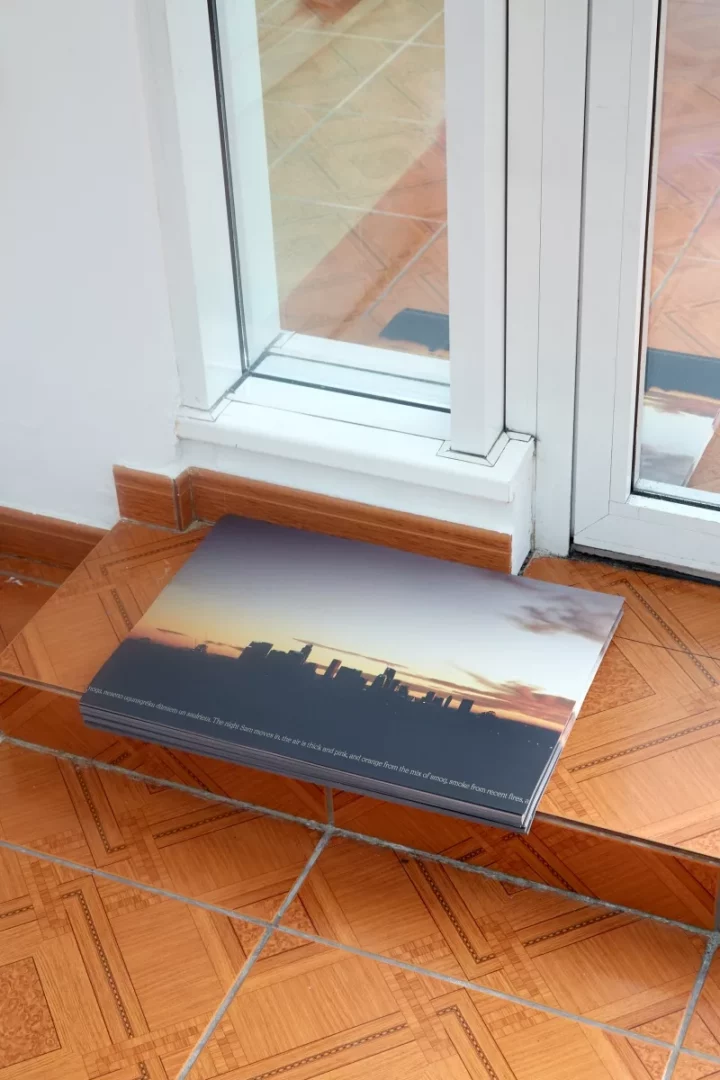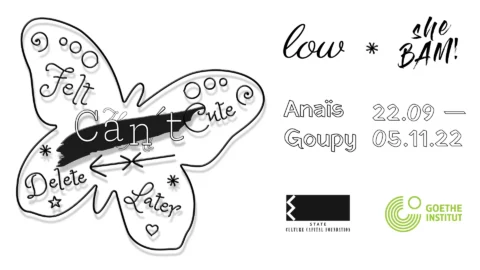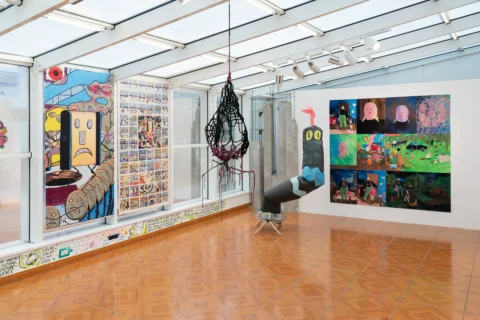Ieva Raudsepa
Closed for Crisis / Take Care of Each Other
7 June 2021 – 17July 2021
Drawing inspiration from the way that the wellness business functions, the artist has created a video artwork that speaks of an environment that feeds off of the push and pull relationship between greedy indifference and psycho-physical healing in a capitalistic world. It explores a fictional story about a young woman who moves to Los Angeles and gets a job at a juice bar. She develops a romantic relationship with an art student and soon it is no longer possible to tell where alternative medicine ends and contemporary art begins.
In her work, Ieva Raudsepa primarily uses video, photography, and text. The artist studied philosophy at the University of Latvia and visual arts at the California Institute of the Arts. She has participated in ISSP masterclasses as well as the MSA^ program in LA and her artwork has been exhibited both in Latvia and internationally. Her first book CRUISE was published in 2019. In 2020, she was among the three artists selected for the ARCUS artist-in-residence program in Japan.
From June 7 to July 17, visit Ieva Raudsepa’s solo exhibition Closed for Crisis / Take Care of Each Other every Wednesday to Friday 5pm–8pm, at LOW gallery, which is located on Lāčplēša iela 78A, on the second floor above the car-wash. The length of the video is 25 minutes. Screenings in English at 5pm, 6pm, and 7pm, while in Latvian – 5.30pm, 6.30pm, and 7.30pm.
The exhibition is part of Riga Photomonth 2021, the theme of which this year is “Life after Covid?”. Supported by the State Culture Capital Foundation of Latvia, KultūrELPA, Riga City Council, Sony, and others.
____________________
Watching the lanky palm trees sway outside
The palm tree, a distinct symbol of the city of Los Angeles, is not native to the area. Early in the twentieth century, palm trees were planted in large quantities around Los Angeles to promote the image of the city as something akin to a vast resort. The myth of a place for the healthy to become even healthier, a place of leisure and wellness, has been fed into ever since people started moving to Southern California for its professed miracle climate.
The Nobel laureate writer Thomas Mann spent about ten years in the Los Angeles area. At the time, his house was known as the “Seven Palms” — the trees in the garden seen as a nod to the California landscape. Today, about thirty miles north of the house Mann built, there is a theme park that bears the same name as one of the most famous novels by the writer — The Magic Mountain (1924)[1]. The novel tells the tale of a young engineer who goes to visit his cousin at a sanatorium in the Swiss Alps, and ends up staying up there for seven years. “Odd entertainment” is the way Mann described the book.
The Magic Mountain speaks of a place where realism, symbolism, and the esoteric are deeply intertwined; “a very serious jest” — it is amusing, but in a way that can be unpleasant at times (a roller coaster can also do that, but maybe not with the same existential bandwidth). This is the place where we also find the main protagonist of our film — Sam. Sam moves to Los Angeles mostly because she doesn’t really have any other place she needs to be at the moment. She takes up a room at her cousin’s house and gets a job at a juice bar. At a party, Sam meets a young art student named Jake and they start dating. Jake is a guy with big ideas about the ways in which art can save society from moral bankruptcy. Life happens, and there is a point in the movie when a crystal is stolen from the juice bar at which Sam works. This incident reveals the relationships at play in the story; the ills and the cure — the ways in which we take care of each other.[1] No such thing as coincidence, right?
LOW ar prieku aicina uz Ievas Raudsepas personālizstādi “Krīzes laikā slēgts / Rūpējieties viens par otru”, kas skatāma galerijas jaunajās telpās! Izstāde norisinās festivāla “Rīgas Fotomēnesis 2021” ietvaros.
Iedvesmojoties no tā, kā darbojas labsajūtas bizness, māksliniece izveidojusi video darbu par vidi, kuru uztur mijiedarbe starp alkatīgu vienaldzību un psihofizisku dziedniecību kapitālistiskā pasaulē. Tā pamatā ir izdomāts stāsts, kurā vēstīts par jaunu sievieti, kas pārvācas uz Losandželosu un uzsāk darbu sulu bārā. Drīz vien viņai izveidojas romantiskas attiecības ar kādu mākslas studentu un nav vairs iespējams izšķirt kur beidzas alternatīvā medicīna un kur sākas laikmetīgā māksla.
Ieva Raudsepa darbos galvenokārt izmanto video, fotogrāfiju un tekstu. Māksliniece studējusi filozofiju Latvijas Universtātē, vizuālo mākslu Kalifornijas Mākslas institūtā, piedalījusies ISSP meistarklasēs un MSA^ programmā Losandželosā. Viņas darbi izstādīti Latvijā un starptautiski. 2019. gadā izdota Ievas pirmā grāmata “CRUISE”. 2020. gadā viņa bija viena no trīs izvēlētajiem rezidentiem ARCUS programmā (Japāna).
Izstāde ir viens no festivāla “Rīgas Fotomēnesis 2021” notikumiem, kura tēma šogad ir “Dzīve pēc Covid?”, un to atbalsta Valsts Kultūrkapitāla fonds, KultūrELPA, Rīgas dome, Sony u.c.

